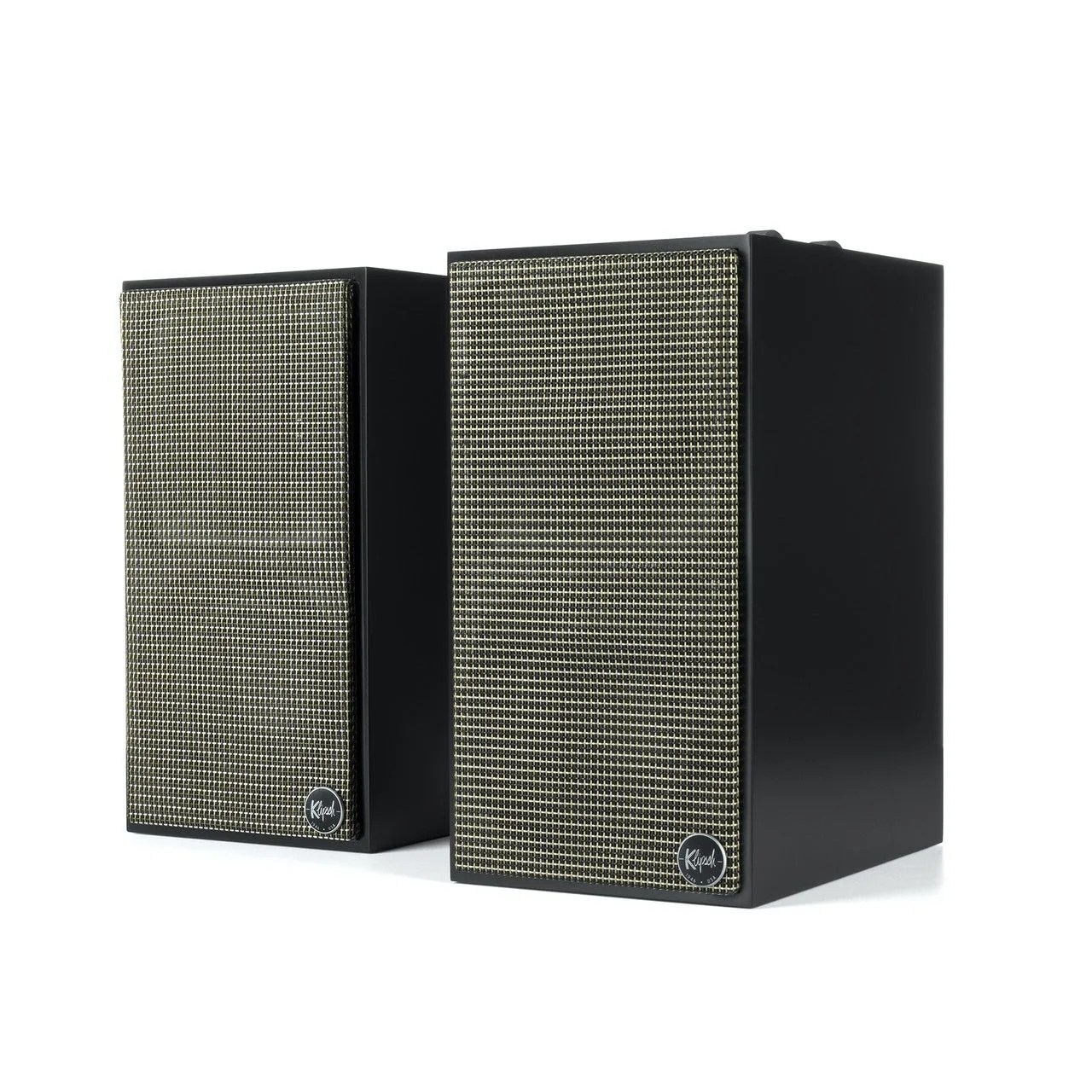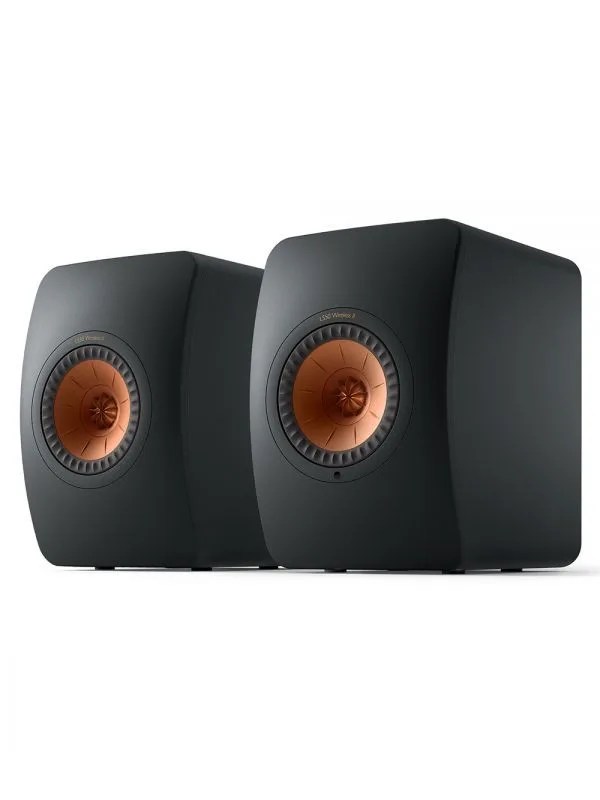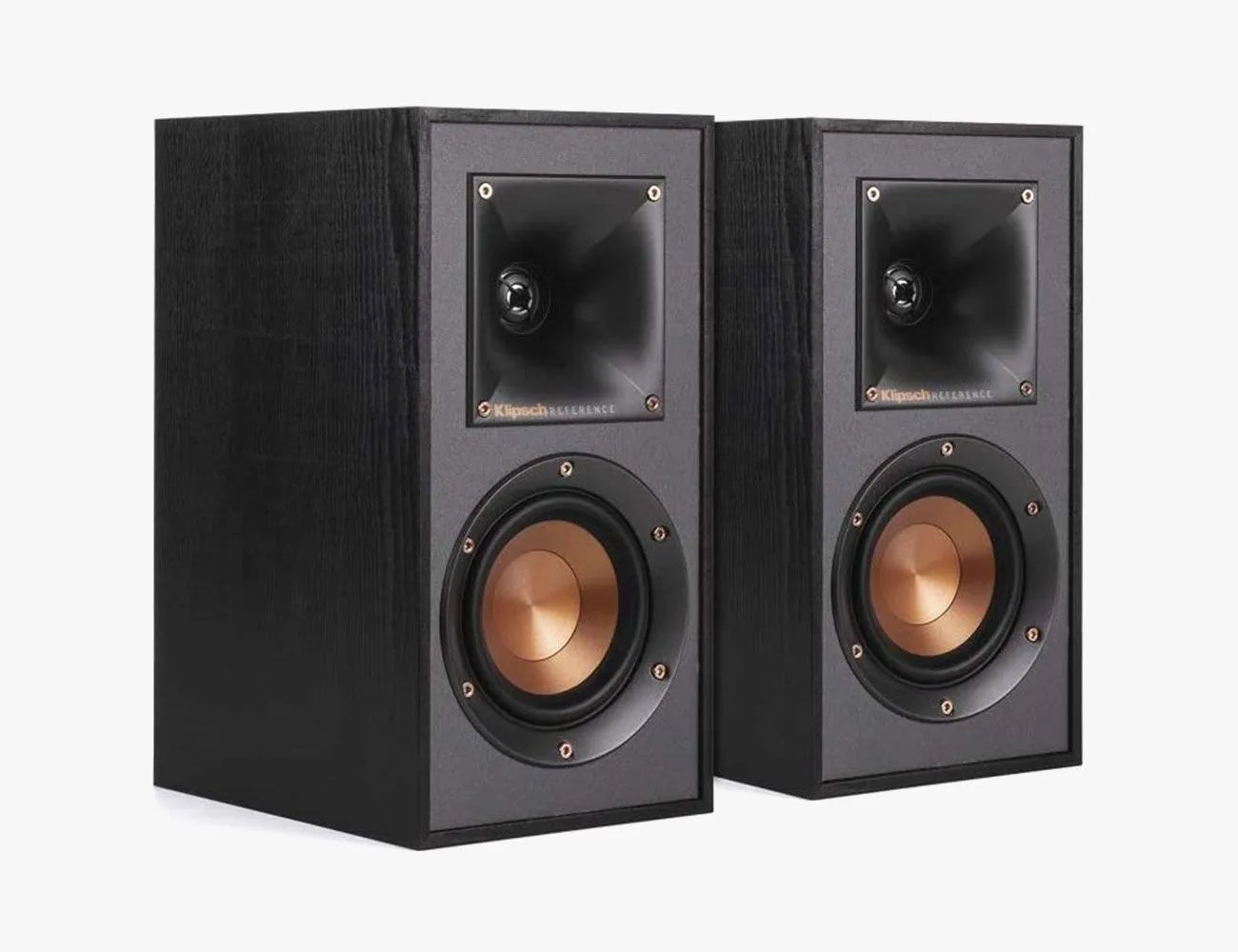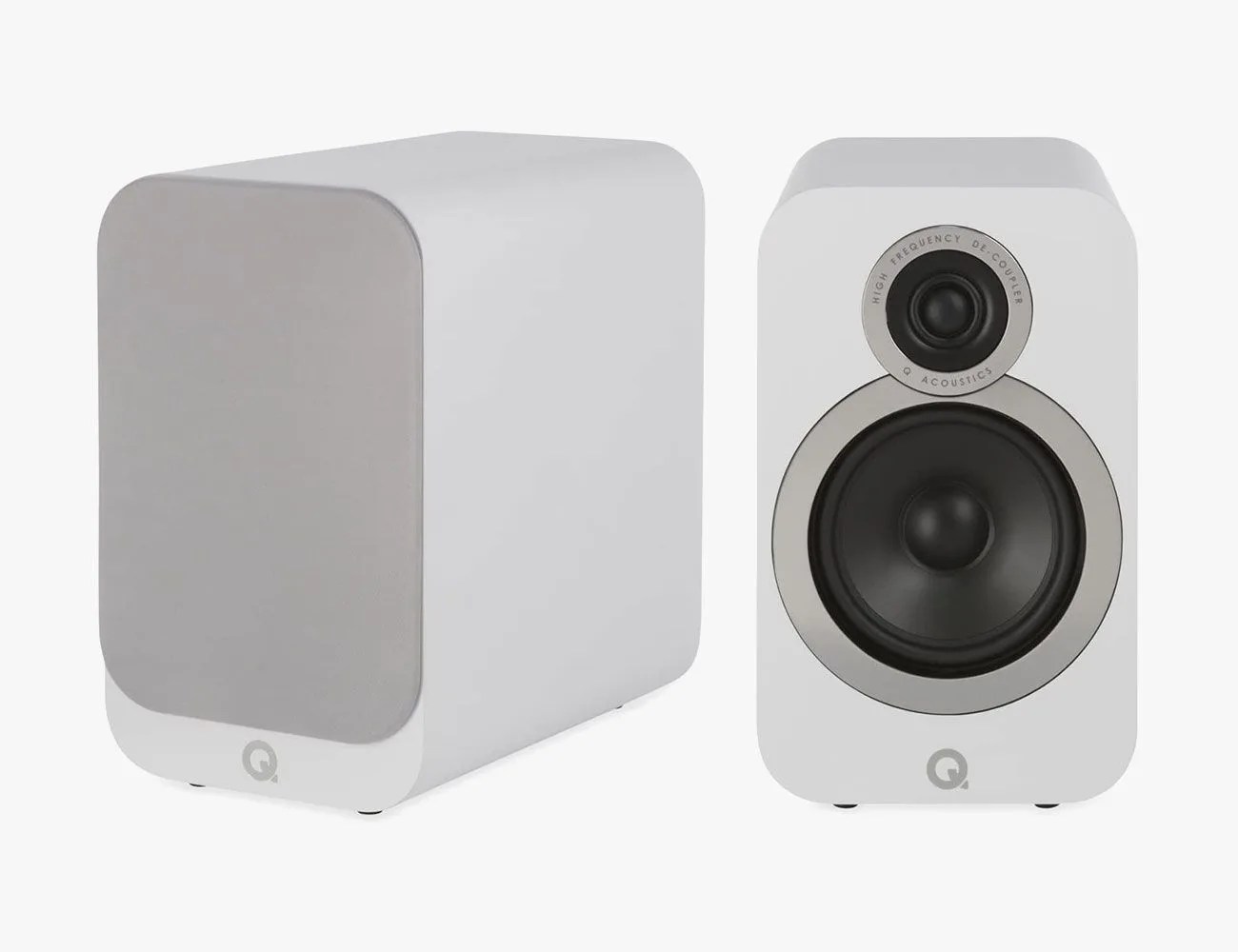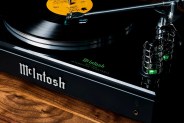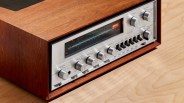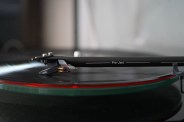So you just bought a new TV. Congrats! While the picture looks great, the built-in speakers are trash. Dialogue is hard to hear. The bass sucks. And the sound is just too quiet, even when you crank it. Luckily, it’s an easy problem to fix but you’re not out of the woods yet. You still need choose between a few solutions.
First, you could buy a soundbar. Or you can buy a speaker system that plugs right into your TV. Finally, you could go the traditional route of buying an AV receiver and a pair of passive loudspeakers. All three options can be done affordably and with very little setup. But which one should you choose?
Naturally, there are advantages and disadvantages to all three. How much space do you have in and around your TV? Is your TV wall mounted or it sitting on a media console? How easily does installation have to be? Do you want to deal with a ton of wires? Do you value ease of setup or sound quality? Do you eventually see yourself expanding your system in the future?
Let’s break it down.
Option A: Buy a soundbar
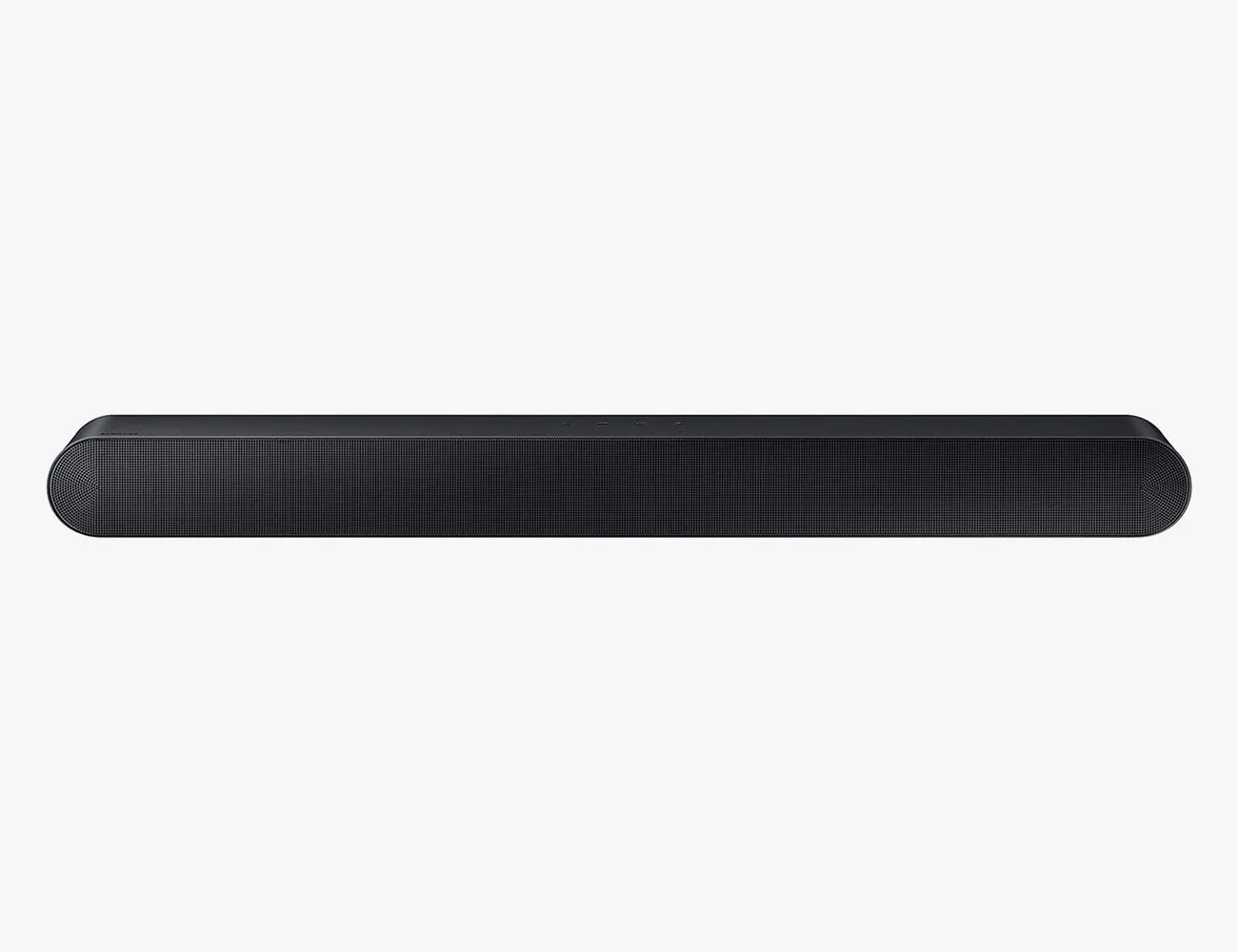 Amazon
AmazonEditor's Choice
Samsung HW-S60B
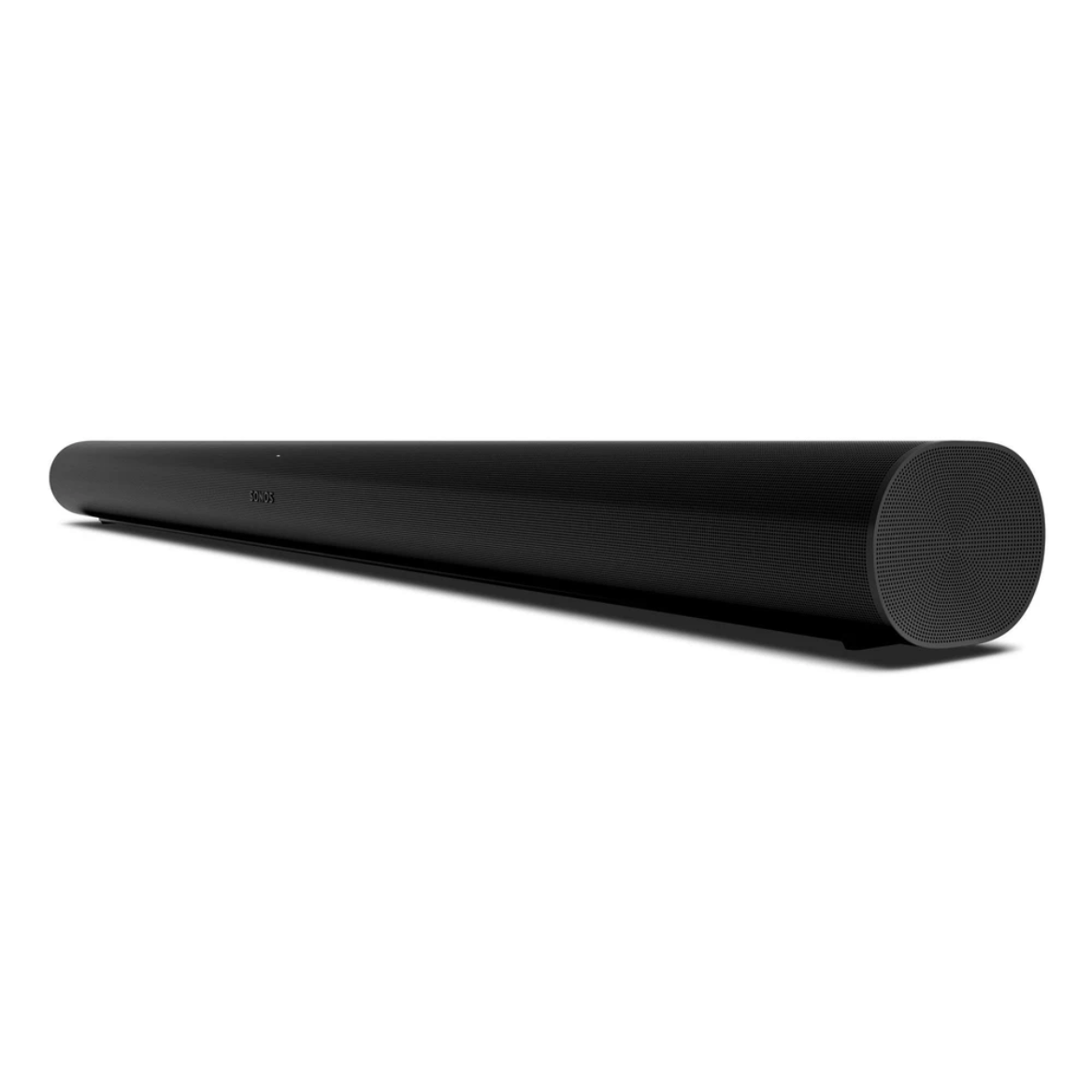 Sonos
SonosEditor's Choice
Sonos Arc
The Arc is the company’s first (and only) soundbar to support Dolby Atmos. You can add a Sub and two Eras or Fives to create a full surround system system.
Pros
- Easy installation
- most affordable solution
Cons
- Less flexibility to build-out your system
A soundbar is the easiest of the three options, as it’s just one speaker and a plug-and-play operation. It’s the most affordable option, too.

